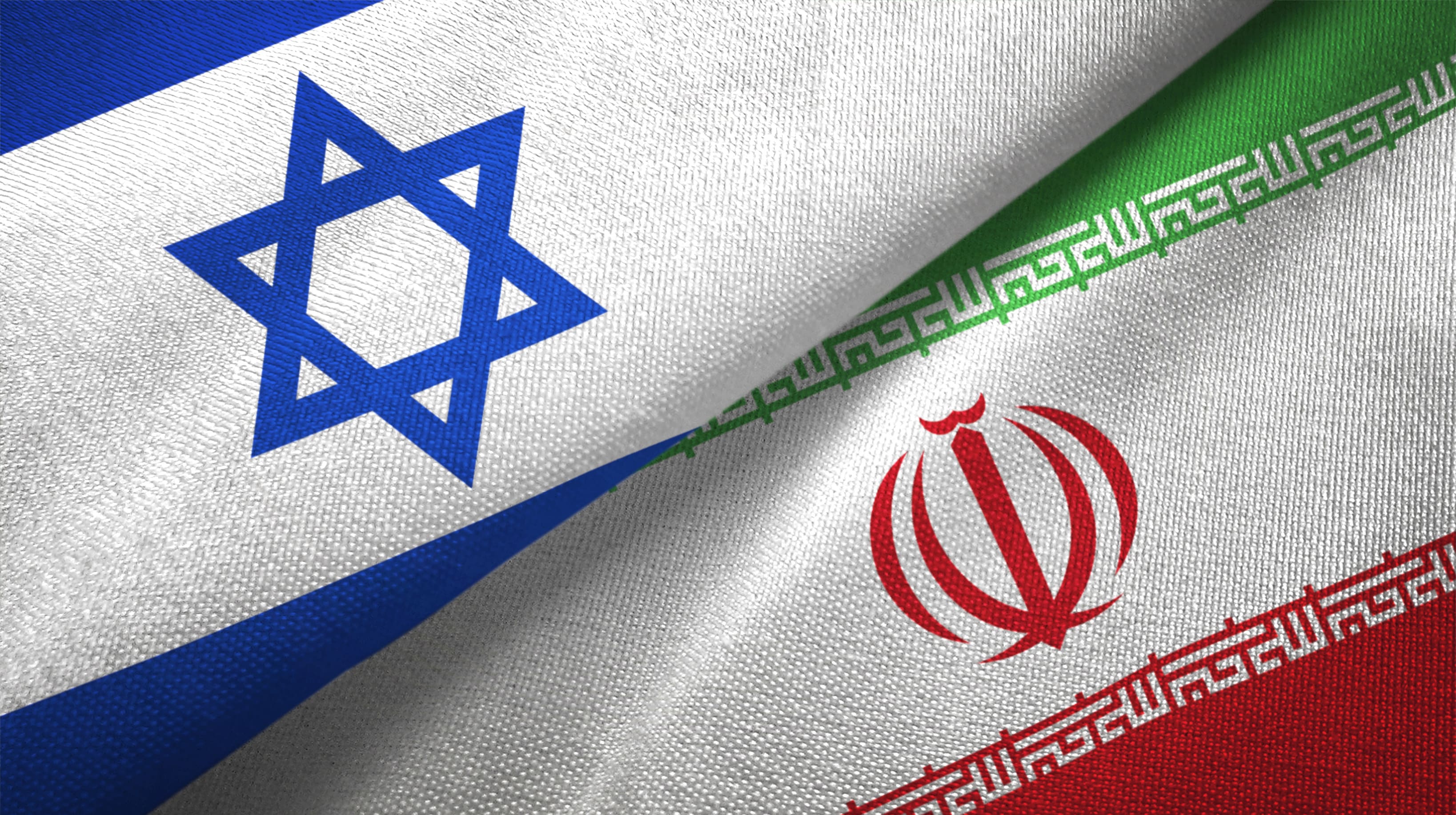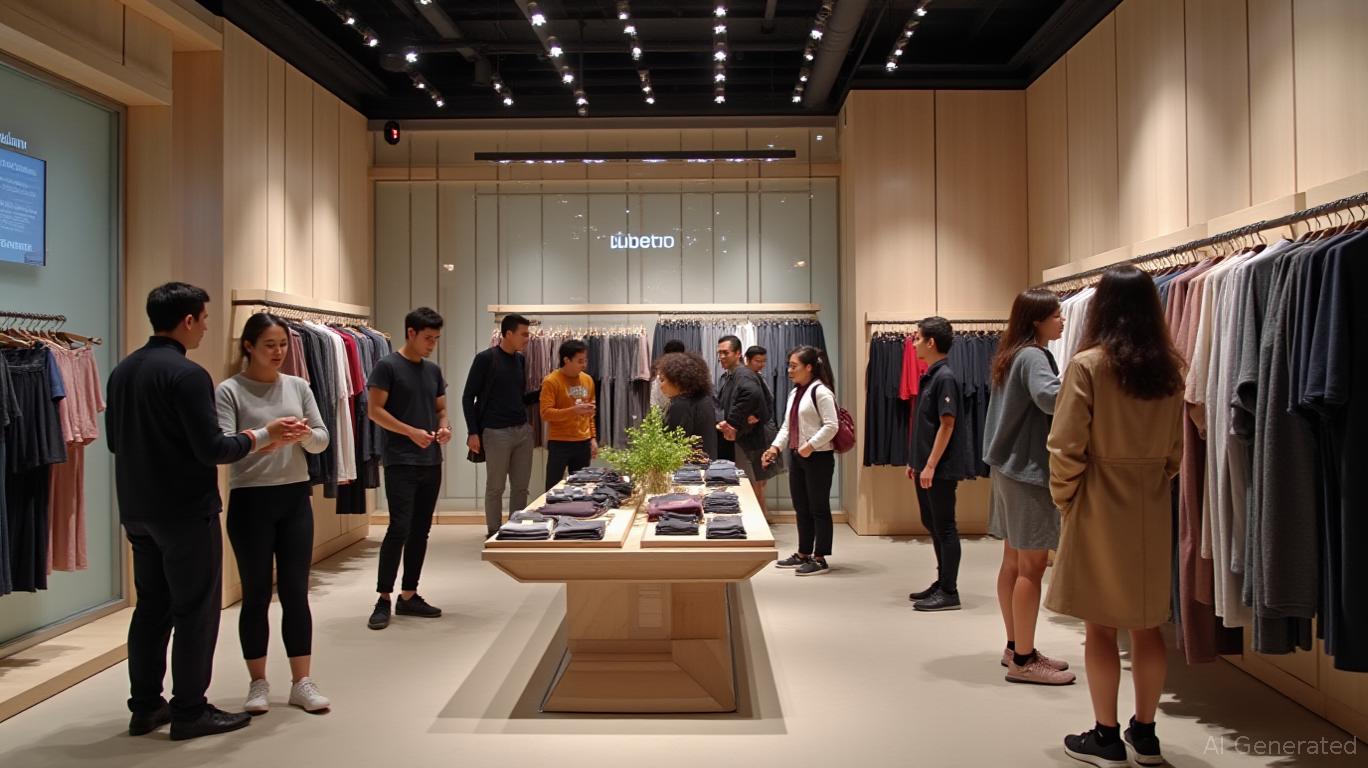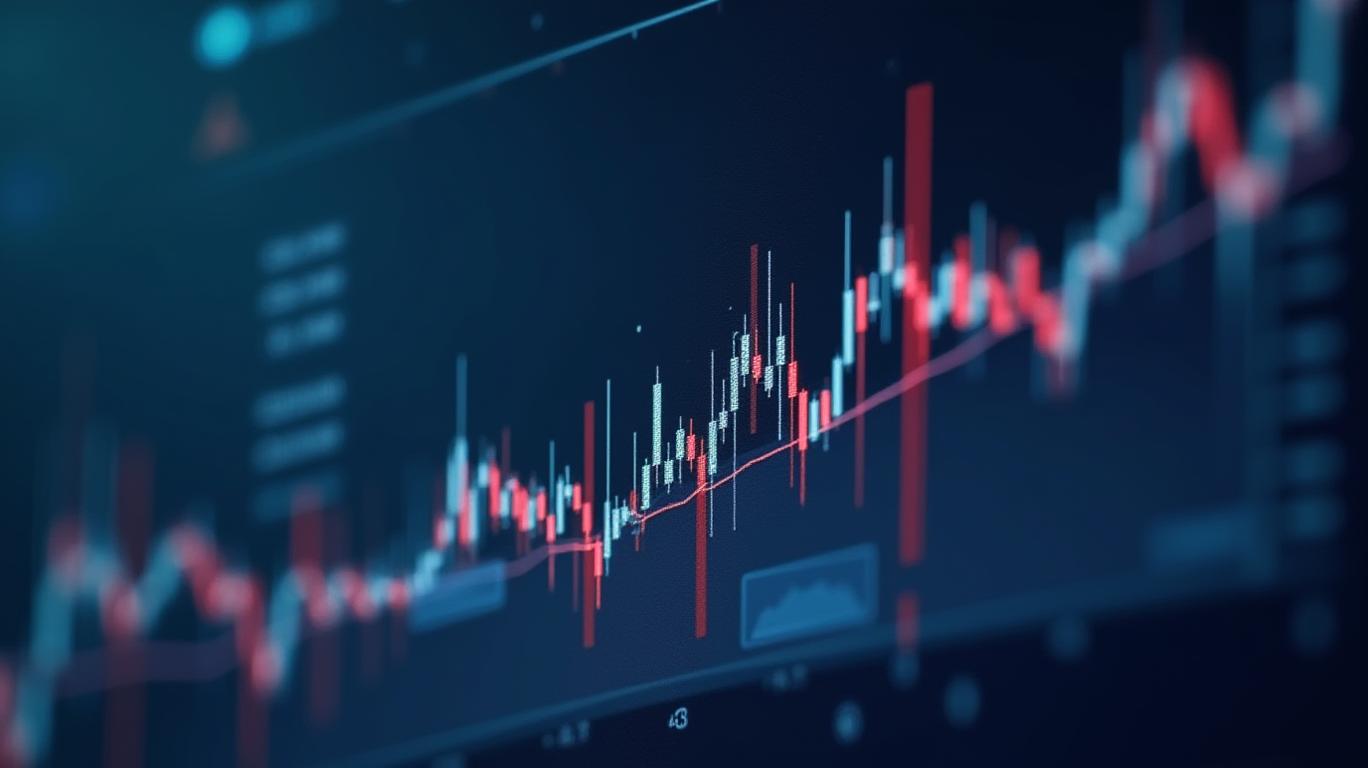Moncler’s Q1 Revenue Shows Resilience, But Why RBC Holds Sector Perform?
Moncler Group (MONC) delivered a “relatively robust” performance in Q1 2025, posting a 1% rise in revenue to €829 million, despite macroeconomic headwinds and regional imbalances. Yet, RBC Capital Markets has maintained its Sector Perform rating on the stock, signaling cautious optimism. Here’s why the numbers are compelling, but the risks remain.

The Strengths: DTC Dominance and Brand Resilience
Moncler’s Direct-to-Consumer (DTC) strategy is the backbone of its resilience. The Moncler brand’s DTC sales rose 4% year-on-year, even after a 26% surge in Q1 2024—a tough comp. Meanwhile, Stone Island’s DTC jumped 12%, fueled by strong performance in Asia, where its sales grew 15%. This channel now accounts for 90% of Moncler’s revenue and 81% of Stone Island’s, underscoring the luxury sector’s shift toward brand-controlled retail.
Regional Dynamics: Asia Shines, EMEA Stumbles
Asia remains Moncler’s growth engine, with a 6% revenue rise driven by Chinese and Japanese tourism spending. However, Korea’s sales dipped—marking a reversal from flat growth in Q4 2024—while Japan stabilized after a weak Q4. In contrast, EMEA fell 1% due to weak wholesale performance, and the Americas dropped 2% as Moncler’s U.S. expansion (a Fifth Avenue flagship planned for 2026) remains untested.
Brand Initiatives: Grenoble, Genius, and Margins
Moncler’s strategic bets are paying off. The Moncler Grenoble line—accounting for 10% of sales and growing faster than the core brand—generated €3 billion in media buzz via its Courchevel runway show. Collaborations like Moncler Genius x Fragment (with Hiroshi Fujiwara) and Stone Island’s Raso Gomato fabric relaunch are boosting brand equity. Gross margins held steady at 78.05%, reflecting pricing power and operational discipline.
The Risks: Tariffs, Wholesale, and U.S. Uncertainty
Despite the positives, RBC’s Sector Perform rating hinges on three key concerns:
1. U.S. Tariffs: Potential 10-20% duties on EU imports could hit 2026 profitability. Moncler ruled out U.S. manufacturing due to quality risks, leaving pricing adjustments as the only buffer.
2. Wholesale Declines: Both brands are shrinking wholesale channels to prioritize DTC, but Moncler’s wholesale fell 5%, and Stone Island’s dropped 19%. While strategic, this could suppress near-term revenue.
3. Geopolitical Volatility: South Korea’s sales slump and Japan’s flat performance highlight regional risks. Moncler’s U.S. flagship—locked in for 2026—faces uncertain demand in a cost-of-living crisis.
RBC’s Call: Balanced Risks, Limited Upside
RBC’s analysis highlights that Moncler’s mid-single-digit DTC growth target for 2025 is achievable, but it’s not enough to justify a higher rating. The firm projects €2.4 billion in 2025 revenue (up 4% from prior estimates) but cautions that execution risks—tariffs, Korea, and wholesale—limit upside. Analysts also note that Moncler’s brand health score of 82 (vs. 75 for the luxury sector) is a double-edged sword: high loyalty can’t offset poor execution in key markets.
Conclusion: A Wait-and-See Approach
Moncler’s Q1 results are a testament to its DTC model and Asia dominance, but RBC’s Sector Perform rating reflects the reality of its challenges. The stock trades at a €16.89 billion market cap, with a 78% gross margin and 29-30% EBIT target for 2025. While the brand’s innovations and geographic expansion offer long-term hope, investors must weigh its premium pricing against macro risks.
For now, RBC’s stance is clear: Moncler is performing well, but it’s not yet outperforming. The question remains: Can it sustain its resilience when the tough comparisons ease, or will tariffs and regional softness drag it down? The answer likely hinges on Q2’s “easier comp” and how the U.S. market responds to its flagship gamble.
In short, Moncler’s story is compelling, but the risks are real. For investors, this is a stock to watch—not to chase—until those risks crystallize into clear opportunities.



_219eac971750077834984.jpeg)






